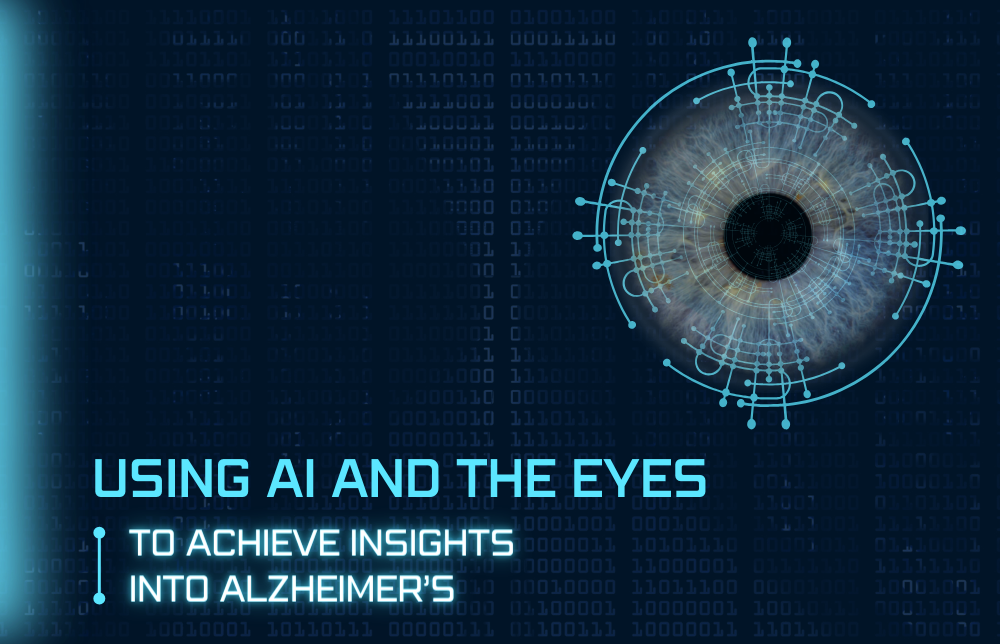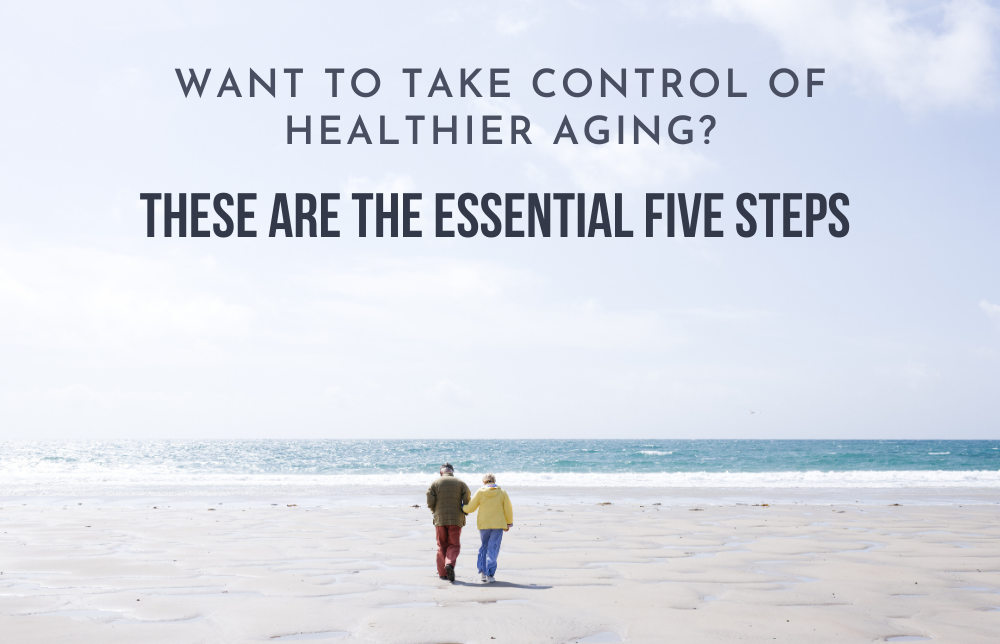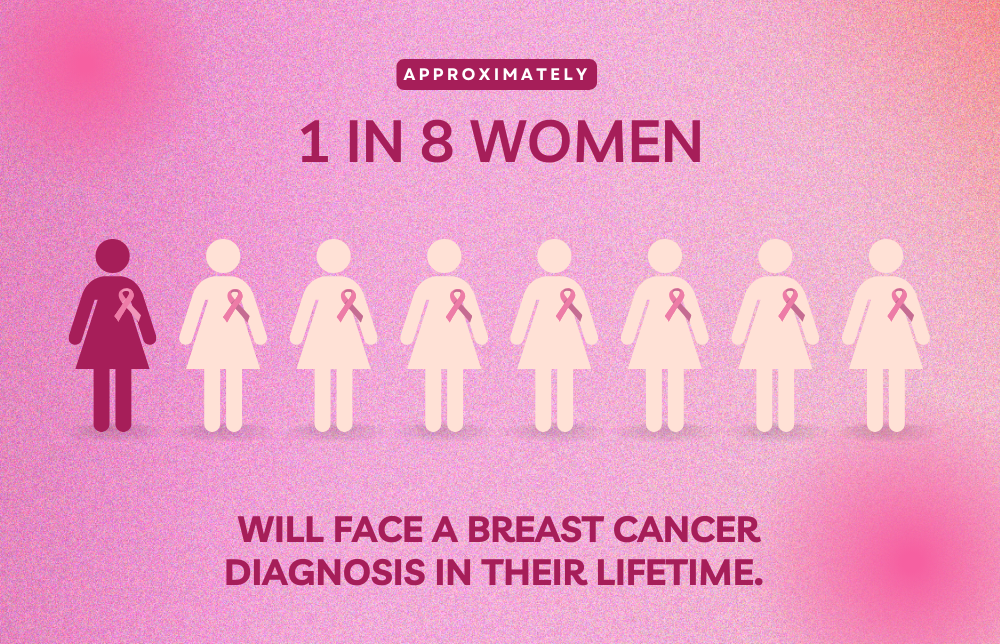Using AI and the Eyes to Achieve Insights into Alzheimer’s

What if you could detect signs of Alzheimer’s disease 20 years before symptoms develop? With an incredible innovation harnessing Artificial Intelligence, researchers say they could unlock a new era in the diagnosis of this neurological disease that afflicts more than seven million Americans.
That number is predicted to rise, mainly because one of the biggest risk factors for dementia is age. For example, most people who develop dementia are over the age of 65. Dementia will become more common as the “baby boomer” generation ages into their 80s and 90s.
Researchers have studied individual hallmarks of Alzheimer’s, including brain inflammation and neurodegeneration, but the exact causes of the disease remain elusive. While there’s still a significant amount that remains to be understood about the brain and how it works, the power of AI can help connect the dots.
How AI Can Recognize Alzheimer’s Disease
One possible solution is to use machine learning to develop retinal scans and blood tests to identify people at risk of developing Alzheimer’s and other forms of dementia. The AI model analyzes eye scans for anomalies like the buildup of certain proteins or blood vessels with a twisted shape, that are associated with Alzheimer’s.
Currently, medical professionals typically use diagnostic tools like PET scans or spinal taps to help detect early signs of Alzheimer’s. However, these diagnostic tools can be invasive and expensive.
With AI, not only can the process of getting a diagnosis be sped up, but it can also be made non-invasive and significantly cheaper.
The AI reads scans from a camera that can be attached to machines already available in most optometrists’ offices. The optometrist would instruct the patient where to look and scan four or five images in each eye.
The camera measures a wider range of the spectrum than the human eye can see, allowing the AI to detect unique optical signatures that correspond with the presence of amyloid in the brain. In a recent study, the model delivered impressive results in seconds: an 80% accuracy in detecting signatures of Alzheimer’s.
AI and the Future of Alzheimer’s Disease Diagnosis 🤖
However, there are still obstacles to overcome. The more information AI has, the more powerful it becomes. Medical data is comparatively scarce with a more limited sample to learn from. That means AI’s results can be easily thrown off. The goal would be to make the procedure part of an optometrist’s routine eye exam. And though the future will reap the benefits of this research, taking care of our eyes today is still essential. A good eye doctor can evaluate your eyes and catch issues early when they’re easiest to treat. That’s why the Vision Plan from NCRGEA and AMBA is so important. The plan covers annual WellVision exams, 100% coverage for most lenses (even progressives!), and has thousands of nationwide in-network providers. Sign up today – acceptance is GUARANTEED! – at www.AMBAdentalvision.com/NCRGEA or call 800-956-1228.
Source: https://www.livemint.com/ai/is-the-eye-the-window-to-alzheimers-11696934785822.html




